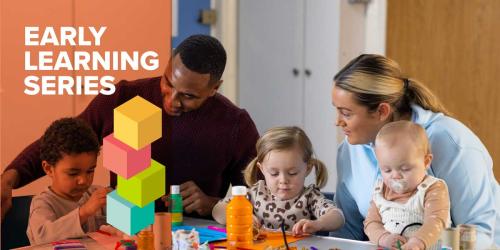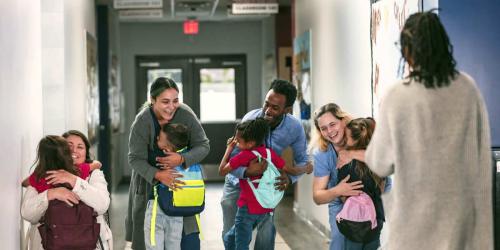Building Students’ Sense of Social Belonging as a Critical First Step

Belonging is a fundamental human need; whether we are conscious of it or not, we are always monitoring how well we feel we fit in during all of our social interactions. When we don’t feel like we belong—when we feel excluded, rejected, or like an outsider—it saps our precious mental resources and energy, distracts us, and keeps us from being fully present in the moment. Belonging acts as a precursor to other aspects of positive functioning in the classroom. For instance, when students feel like they belong, they show more motivation, engagement, and self-efficacy. Thus, social belonging is one of the first things educators should attend to because when it’s lacking, students find it difficult to succeed academically and are less likely to thrive. This blog post offers strategies that educators can use to help students feel more secure in their school experiences and develop that key sense of belonging.
Recognize That Students Might Spiral When They Lack Belonging
For someone with doubts about belonging, social cues are more salient and can be more impactful. When people doubt that they belong, it can trigger a series of cascading events where they interpret normal social situations in a harsh light. For a student who has a strong sense of belonging at school, a canceled meeting with a teacher holds no special meaning, but a student who doubts his belonging, can interpret this same innocuous event to mean he is not accepted or liked by his teacher. A student who doubts whether she belongs might take it personally if a friend doesn’t eat lunch with her, while a more secure student will be able to brush it off. A student who is insecure in his sense of belonging might see a bad grade as proof that “people like me can’t do this,” while a student with a higher sense of belonging might think he just needs to study more next time.
To keep occurrences like these from feeding into recursive cycles and leading to an ever lower sense of belonging, educators can use some of the interventions that we’ll be talking about during the webinar. In the meantime, here are a couple of practices that can help students develop the sense that they belong.
Practice Inclusivity and Attend to Classroom Climate
As educators, we tend to believe our classroom is a neutral environment, but some settings are more inclusive and welcoming to certain types of students than we realize. It’s important to be mindful of how environments can feel “chilly” to some students and how other classrooms foster connections between the teacher and students, as well as between one student and another.
One way to foster connections is for teachers to actively work to find common ground with students and provide opportunities for students to recognize similarities among their peers. Several studies point to the efficacy of this approach, both when building connections between teachers and their students, as well as among students. Simple ways to do this in the classroom are icebreaker games in which students learn about each other’s interests, hobbies, and lives outside of school. Fellowship in the classroom can also be developed by intentionally discussing classroom culture and collaboratively creating explicit classroom norms with students.
Normalize the Experience of Worrying About Belonging
When students make transitions—such as from middle school to high school or starting college—new relationships must be formed, old relationships may fade away, and it’s very normal to ask, “Do I belong here?” In instances that can trigger doubts about belonging, it’s important for students to know they aren’t alone in their feelings. It’s also important for them to know that concerns about belonging will fade with time. In other words, we need to find ways to communicate to our students the message that “you’re not alone” and “it gets better.”
As educators, we can help student normalize their concerns about transitions by personalizing the idea that we also experienced rough transitions and things improved over time. Another approach to helping students normalize their experiences is through a reflective reading and writing exercise. You can invite older students to share their experiences of feeling uncertain about their belonging and how this improved over time. Then, have students write about how their own experiences match those of the speaker.



